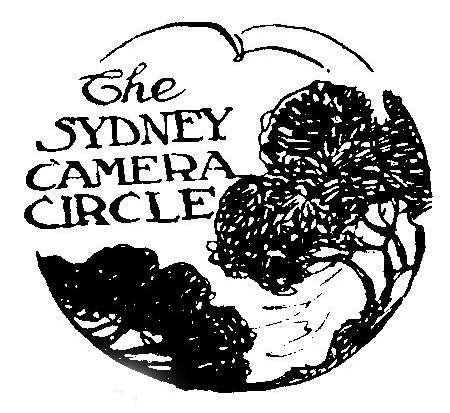
ARTISTIC PHOTOGRAPHY IN AUSTRALIA
HAROLD CAZNEAUX Hon. FRPS
August 15th, 1935 Page 65 - Art in Australia
The Sydney Camera Circle was founded during the year 1916 by a small band of photographers who were interested in the development and advancement of photography as a medium for artistic expression — their incentive being the successful results achieved by overseas workers in the great world centers where development had been in progress for many years almost dating back to the production of the first photograph that was made by Fox Talbot on paper a hundred years ago.
Australia has not been lax in efforts made to produce artistic photography. The development of the movement was in the hands of a few pioneers for a number of years and their results gave Australia a start so that to-day much good work is being produced that has a national character.
“The Circle” since its inception meets each month. Its members discuss the latest methods and processes, and exhibit their pictorial work for constructive criticism. In this way progress has been made and the ideals of the “Circle” maintained. Its members have gained distinction by the quality of their work that has been exhibited from time to time at notable photographic salons abroad. Many exhibit regularly at the shows of the Royal Photographic Society of Great Britain and London Salon of Photography where annually the best work of the year is selected from the prints sent in by artistic workers from all over the world. I am glad to state that Australia to-day has gained a place in these great world photographic exhibitions for throughout our five states there are many other talented workers of the camera who have been also successful — the strongest work is being produced in Victoria and New South Wales — where the development has been more active.
There are limitations indeed that face the artistic camera worker — but given a sense of artistic conception and a sound photographic technique, much can be done in exploiting many possibilities. The greatest asset that will help for success will be the art of selection, and it is in this that any true artist will reveal himself. The art of selection must be developed to a high degree for, at all times, he must use mechanical means, whether his work be but mere photo graphic recording or an idealization of subject.
There has been criticism aimed at the camera because of its exactness. There are many artists to-day who are prone to reproduce with pencil and brush almost exactly the same thing, but in my opinion, this mechanical exactness is a worthy factor in the delineation of any subject matter. As I said before, the true artist will reveal himself by his powers of selection and the camera worker with his mechanical lens can use his art in such a way that his recording will be but a reflection of the picture he had in mind and not necessarily of the one he took.
To-day there are photographic plates and papers of merit, emulsions that are panchromatic and capable of recording correct color tone values in monochrome papers of rare surface and texture and of rich tonal gradation. There are the oil pigment and bromoil methods wherein the artistic worker may replace the photographic image on paper by one of pure pigment and with a remarkable latitude in the control of tonal qualities may modify the drawing by suppression or by removal of unnecessary detail or objects. If he so wishes he can make composite prints to gain his ends in producing a picture. It is also possible to transfer these pigmented photographs by means of a transfer press on to any grade of art paper.
In the hands of the multitude or those who boast a smattering of art—these methods are but pit-falls—and the results are ones that tend to bring ridicule on the worker and method alike. Fortunately the methods entail considerable technique and are beyond the reach of the ordinary snap-shotter’s photographic capabilities.
Whether or not photography can be made to produce pictures of high creative and imaginative power, must remain for the future to decide and to prove. At present, the limitations of the camera are the bar to the successful production of such ideal work — although some distinctive work has been produced from time to time by notable photographic artists. Artists capable of great creative and imaginative work are scarce in any medium to-day, and in photography, at least, there are hopes that many may yet arise.
SIXTEEN STUDIES FROM THE
SYDNEY CAMERA CIRCLE
Image 1: THE HAVEN by PETER LAWRENCE
Image 2: THE CHILD, THE BLOSSOM by HAROLD CAZNEAUX
Image 3: THE ANESTHETIST by HAROLD CAZNEAUX
Image 4: NORMAN LINDSAY by MONTE LUKE
Image 1: DR. JULIAN SMITH by MONTE LUKE
Image 2: FISHERMEN by J. METCALF
Image 3: CLEARING SHOWERS by HAROLD CAZNEAUX
Image 4: THE TIDE'S RIM by ARTHUR FORD
Image 1: INDUSTRY by HAROLD CAZNEAUX
Image 2: A SUNLIT PATH by HAROLD N. JONES
Image 3: LANDSCAPE by E.B. HAWKES
Image 4: THE EDGE OF THE FOREST by W.H. MOFFITT
Image 1: THE BARN by HAROLD N. JONES
Image 2: HARBOUR, SOURABAYA by HENRI MALLARD
Image 3: MID-DAY by PETER LAWRENCE
Image 4: LANDSCAPE, SOUTH COAST by MONTE LUKE